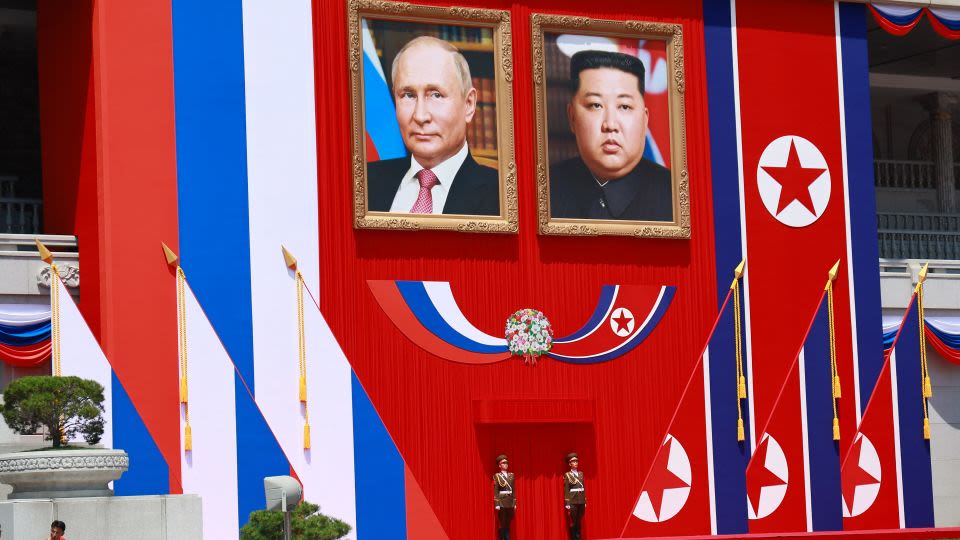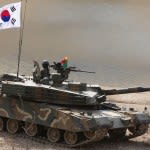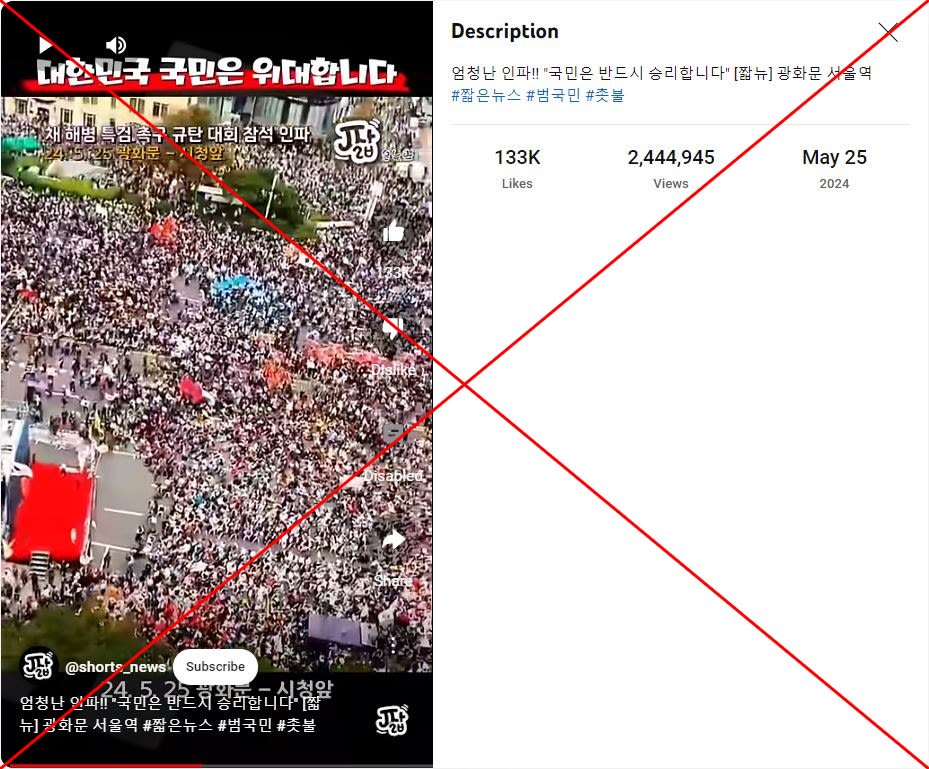Search results
People also ask
Is South Korea a country?
What is South Korea known for?
Why do Koreans live in small areas?
How many people live in South Korea?
Jan 21, 2017 · Learn about the history, culture, and quirks of South Korea, from its name origin to its plastic surgery obsession. Discover facts about its food, music, sports, religion, and more in this comprehensive list.
- Jill Bartholomew
- Overview
- Relief
- Drainage
- Soils
- Climate
South Korea, country in East Asia. It occupies the southern portion of the Korean peninsula. The country is bordered by the Democratic People’s Republic of Korea (North Korea) to the north, the East Sea (Sea of Japan) to the east, the East China Sea to the south, and the Yellow Sea to the west; to the southeast it is separated from the Japanese island of Tsushima by the Korea Strait. South Korea makes up about 45 percent of the peninsula’s land area. The capital is Seoul (Sŏul).
South Korea faces North Korea across a demilitarized zone (DMZ) 2.5 miles (4 km) wide that was established by the terms of the 1953 armistice that ended fighting in the Korean War (1950–53). The DMZ, which runs for about 150 miles (240 km), constitutes the 1953 military cease-fire line and roughly follows latitude 38° N (the 38th parallel) from the mouth of the Han River on the west coast of the Korean peninsula to a little south of the North Korean town of Kosŏng on the east coast.
Geologically, South Korea consists in large part of Precambrian rocks (i.e., more than about 540 million years old) such as granite and gneiss. The country is largely mountainous, with small valleys and narrow coastal plains. The T’aebaek Mountains run in roughly a north-south direction along the eastern coastline and northward into North Korea, forming the country’s drainage divide. From them several mountain ranges branch off with a northeast-southwest orientation. The most important of these are the Sobaek Mountains, which undulate in a long S-shape across the peninsula. None of South Korea’s mountains are very high: the T’aebaek Mountains reach an elevation of 5,604 feet (1,708 metres) at Mount Sŏrak in the northeast, and the Sobaek Mountains reach 6,283 feet (1,915 metres) at Mount Chiri. The highest peak in South Korea, the extinct volcano Mount Halla on Cheju Island, is 6,398 feet (1,950 metres) above sea level.
South Korea has two volcanic islands—Cheju (Jeju), off the peninsula’s southern tip, and Ullŭng, about 85 miles (140 km) east of the mainland in the East Sea—and a small-scale lava plateau in Kangwŏn province. In addition, South Korea claims and occupies a group of rocky islets—known variously as Liancourt Rocks, Tok (Dok) Islands (Korean), and Take Islands (Japanese)—some 55 miles (85 km) southeast of Ullŭng Island; these islets also have been claimed by Japan.
Britannica Quiz
Which Country Is Larger By Area? Quiz
South Korea’s three principal rivers, the Han, Kŭm, and Naktong, all have their sources in the T’aebaek Mountains, and they flow between the ranges before entering their lowland plains. Nearly all the country’s rivers flow westward or southward into either the Yellow Sea or the East China Sea; only a few short, swift rivers drain eastward from the T’aebaek Mountains. The Naktong River, South Korea’s longest, runs southward for 325 miles (523 km) to the Korea Strait. Streamflow is highly variable, being greatest during the wet summer months and considerably less in the relatively dry winter.
Special offer for students! Check out our special academic rate and excel this spring semester!
Most of South Korea’s soils derive from granite and gneiss. Sandy and brown-coloured soils are common, and they are generally well-leached and have little humus content. Podzolic soils (ash-gray forest soils), resulting from the cold of the long winter season, are found in the highlands.
The greatest influence on the climate of the Korean peninsula is its proximity to the main Asian landmass. This produces the marked summer-winter temperature extremes of a continental climate while also establishing the northeast Asian monsoons (seasonal winds) that affect precipitation patterns. The annual range of temperature is greater in the north and in interior regions of the peninsula than in the south and along the coast, reflecting the relative decline in continental influences in the latter areas.
South Korea’s climate is characterized by a cold, relatively dry winter and a hot, humid summer. The coldest average monthly temperatures in winter drop below freezing except along the southern coast. The average January temperature at Seoul is in the low 20s °F (about −5 °C), while the corresponding average at Pusan (Busan), on the southeast coast, is in the mid-30s °F (about 2 °C). By contrast, summer temperatures are relatively uniform across the country, the average monthly temperature for August (the warmest month) being in the high 70s °F (about 25 °C).
- The Korean empire was noted in Chinese records as far back as the 7th century BCE but the country was annexed by Japan in 1910. After Japan’s surrender in WWII the country was divided in two, the northern part occupied by the Soviet Union, and the southern by the United States.
- After attempts at reunifying the country failed in 1948 the southern part became known as the Republic of Korea while the northern part is known as the Democratic People’s Republic of Korea.
- The Korean war lasted for 3 years and was the first major military conflict that involved the United States and the Soviet Union. It has yet to officially end though a ceasefire was signed in the 1950s between North and South Korea that is still in effect.
- Although South Korea is now a liberal democracy, it suffered under a series of military dictatorships between the 1960s and 1980s.
South Korea, officially the Republic of Korea (ROK), is a country in East Asia. It constitutes the southern part of the Korean Peninsula and borders North Korea along the Korean Demilitarized Zone; though it also claims the land border with China and Russia.
News about Russia, South Korea, North Korea
News about South Korea, Philly Shipyard, anti-government protest
Also in the news
Learn about South Korea's location, climate, people, nature, government, and economy. Explore its history from ancient kingdoms to modern division and conflict.
Apr 11, 2024 · Discover the culture, history, cuisine, and more of South Korea with this free PDF guide. Learn about Korean titles, age system, blood types, fan death, and other unique facts.
South Korea is a country in East Asia that occupies the southern portion of the Korean peninsula. It faces North Korea across a demilitarized zone 2.5 miles (4 km) wide that was established by the terms of the 1953 armistice that ended fighting in the Korean War. The capital is Seoul.







